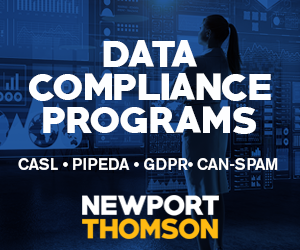
Over the past several years, data governance has emerged as more than just a trendy buzzword. With the passage of GDPR, CCPA, and other industry, government, and healthcare compliance measures, data governance has become a corporate necessity. Yet many chief data officers cite data governance as a major hurdle for their organization.
So how did we get here? Here are the three main reasons why data governance is failing us:
1. A manual approach is no longer practical.
While we’ve made great advancements in areas such as self-service analytics, cloud computing, and data visualization, we’re not there yet when it comes to governance. Many companies continue to enforce data governance through manual, outdated, and ad hoc tooling. Data teams spend days manually vetting reports, setting up custom rules, and comparing numbers side by side. As the amount of data sources increase and tech stacks become more complex, this approach is neither scalable nor efficient.
While data catalogs often market themselves as the answer to data governance, many data leaders find their catalogs lacking in even the most rudimentary aspects when it comes to manual requirements (for example, lineage tracing and data quality checks).
In some organizations, these operations take up a significant amount of time in manually mapping upstream and downstream dependencies — not to mention the maintenance work required to keep this up to date. Instead, companies should turn to ML and automation to reduce manual work done by data teams. Our advice: let ML do all the heavy lifting and let your team to focus on the things only they can do.
2. Data is ubiquitous; data governance is not…
The Privacy Paradox: Why Organizations Are Betting Big on Data Protection in the AI Era
Our analysis of Cisco’s 2025 Data Privacy Benchmark Study revealing the complex interplay …















